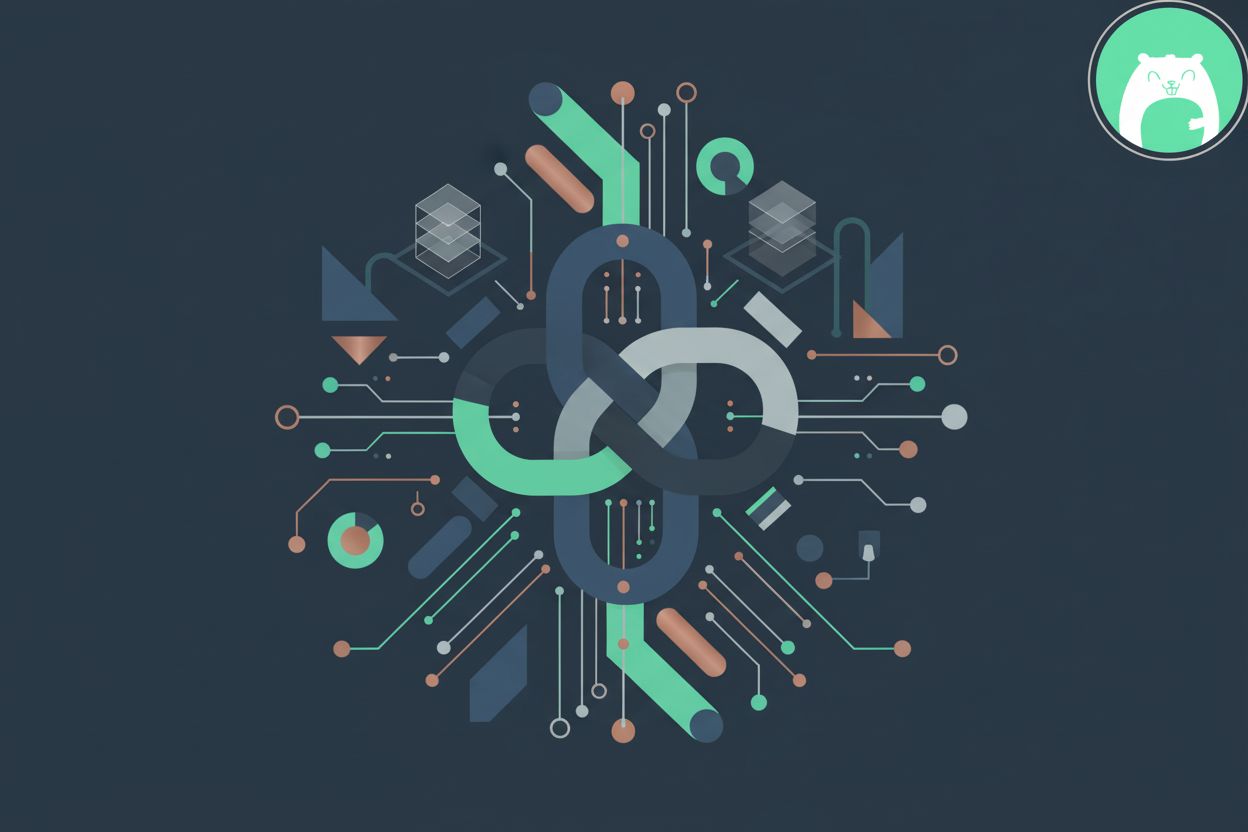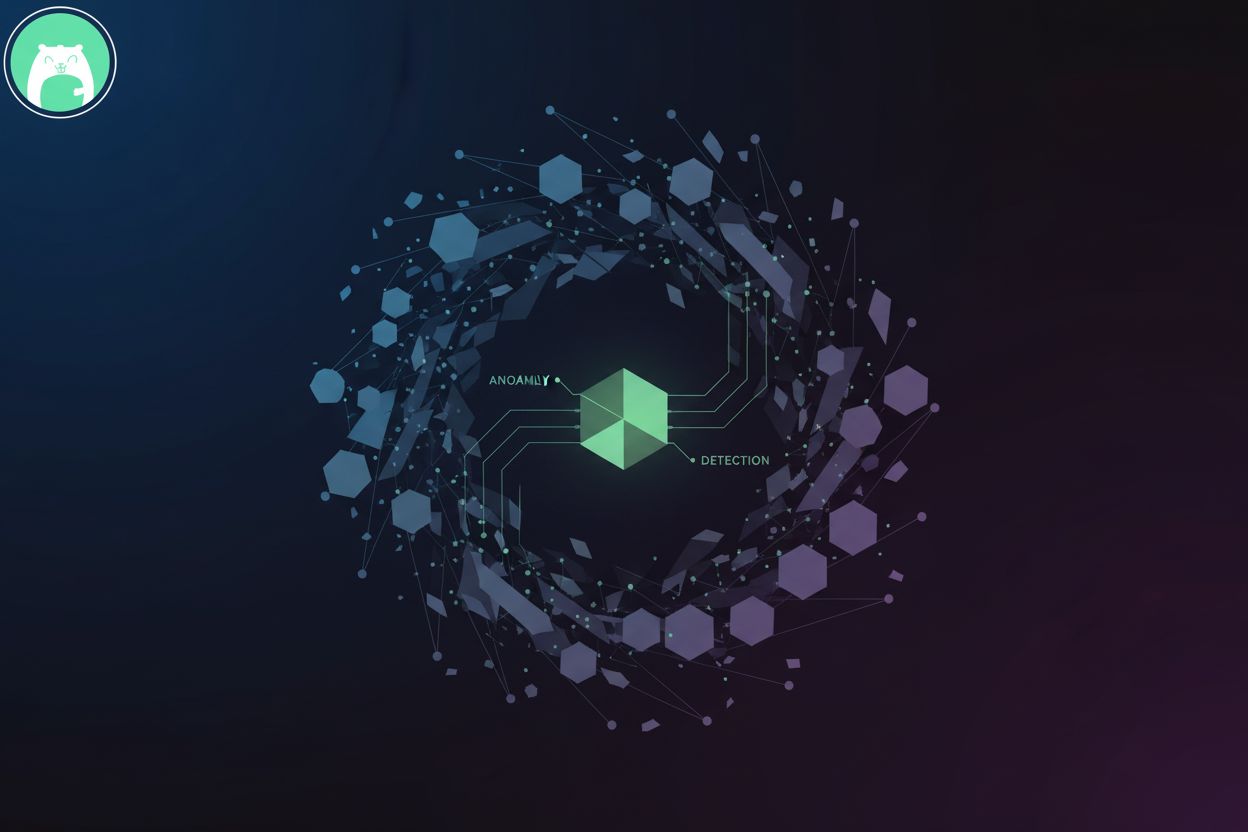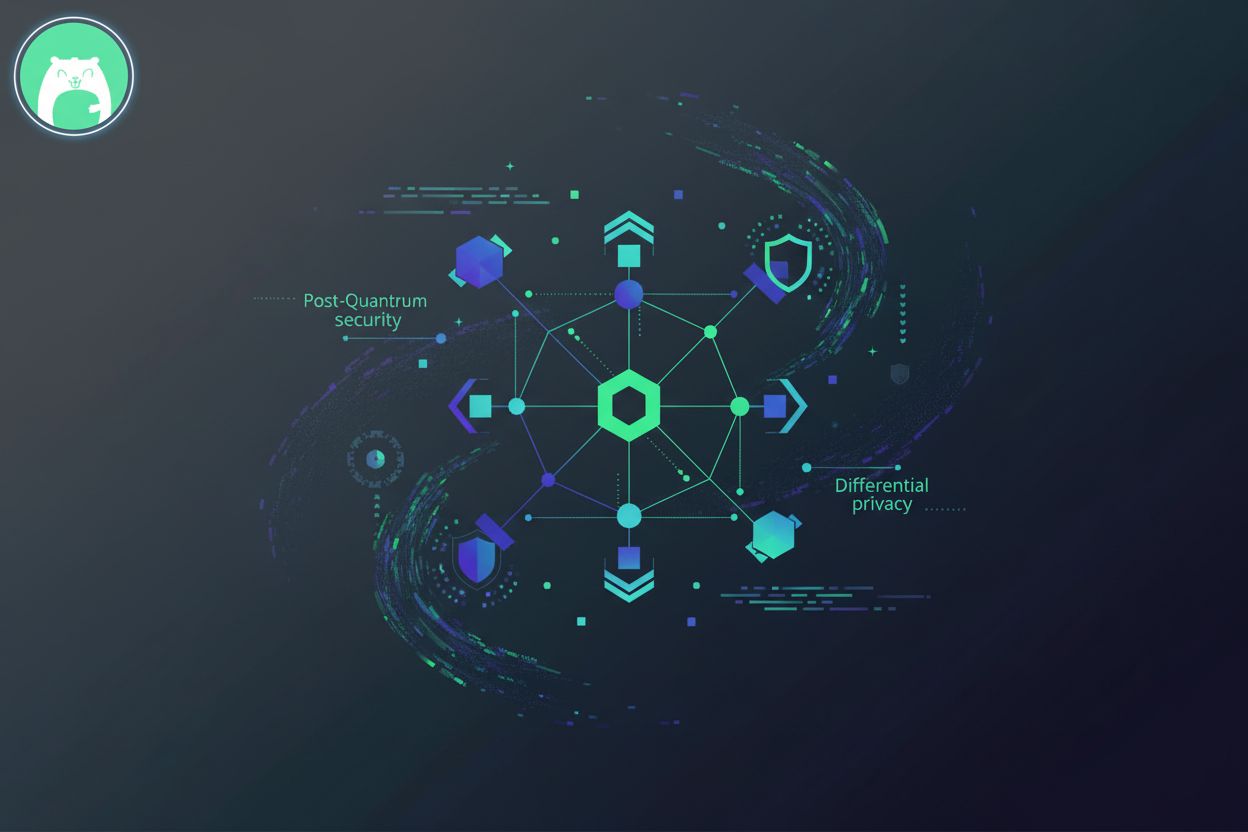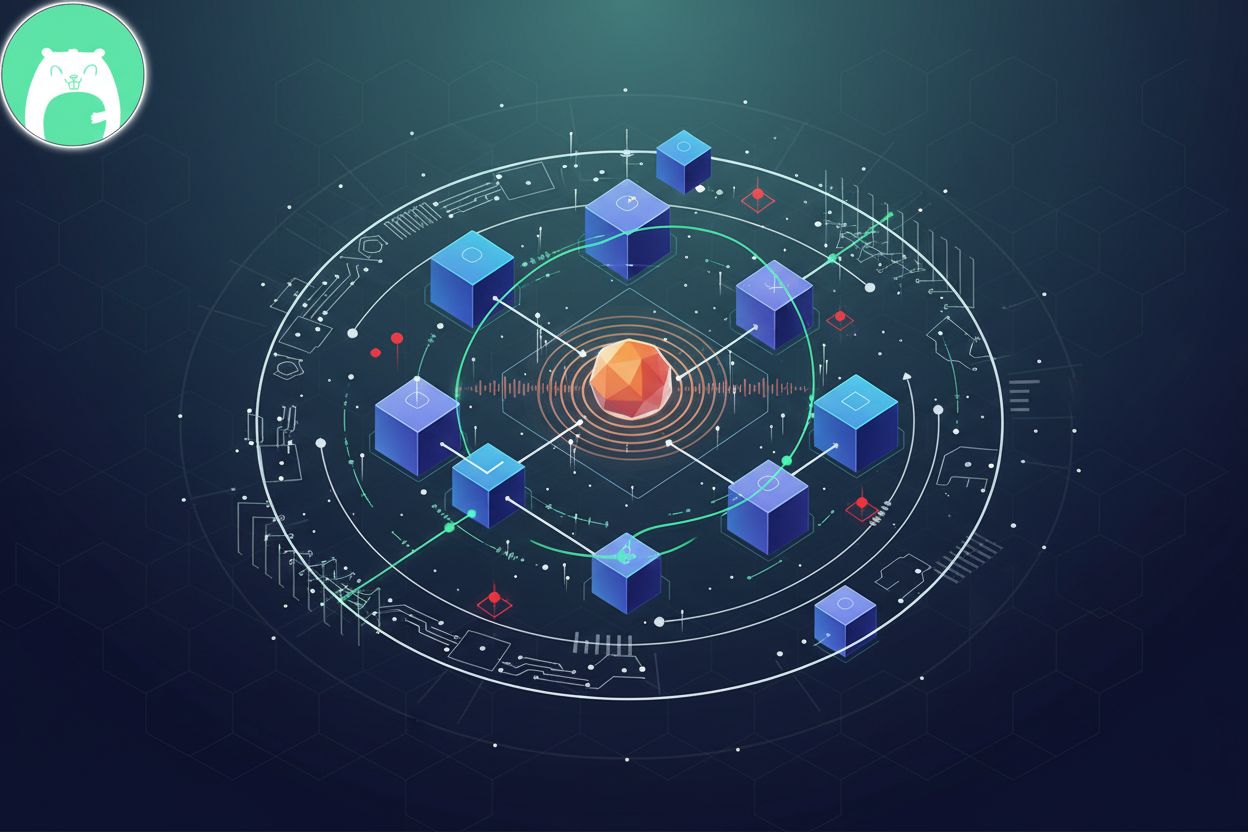Post-Quantum Cryptography for MCP Data at Rest

TL;DR
The Looming Quantum Threat to MCP Data
Okay, so quantum computers are probably gonna ruin everything eventually—scary, right? It's not if they'll break current encryption, but when.
Shor's algorithm is the big baddie here. It makes cracking stuff like rsa and ecc way too easy. Think of it like having a universal key to all the locks we currently use to secure, well, everything.
Then there's the "harvest now, decrypt later" thing. People are grabbing encrypted data now with the hope of decrypting it later when quantum computers are good enough. It's like hoarding secrets for a future payday, and anything with long-term value is at risk.
Even symmetric encryption isn't safe. While doubling key sizes helps, it's not a perfect solution. We need new standards, and quick, before q-day hits.
Imagine medical records being decrypted years after a breach, or financial transactions exposed, or trade secrets made public, it would be a mess. This is why experts are saying we need to start encrypting data with post-quantum techniques asap, NIST is working on post-quantum cryptography algorithms to address this looming threat.
The clock's ticking, and it's time to start thinking about future-proofing our data. Next up, we'll be diving into the Model Context Protocol, or mcp, and what it means for ai security.
PQC Algorithms for Data at Rest: A Practical Overview
So, you're probably wondering what post-quantum cryptography (pqc) algorithms are actually worth a damn when it comes to keeping your data-at-rest safe from quantum attacks. well, let's dive in, but be warned, it gets a little math-y.
First up, we got lattice-based cryptography. This is kinda the golden child of PQC right now, mostly because it's believed to be pretty darn resilient against both classical and quantum computers. The math behind it involves complex geometric structures called lattices, and solving problems on these lattices is computationally hard—even for a quantum computer, or so they say.
Crystals-kyber and crystals-dilithium are two examples that have been standardized by nist as mentioned earlier. Kyber is for key encapsulation, while dilithium is for digital signatures. They both offer strong security, but you gotta consider the key sizes and how much computing power they need. It really depends of the use case and where is it being applied.
But hey, it's not all sunshine and rainbows. Implementing lattice-based crypto can be tricky. Key sizes can be larger than what we're used to with rsa or ecc, and the computational overhead can be significant. This means you might need more storage space and processing power, so it's a trade-off.
Then there’s hash-based signatures, like sphincs+. These are great for verifying the integrity of your stored data. The cool thing about them is that their security is based on the properties of hash functions, which are generally considered quantum-resistant.
However, there are trade-offs. While security is solid, the signature sizes can be pretty large, and performance might not be as snappy as other methods, depending on the specific implementation.
Think of it this way: if you're archiving sensitive documents in healthcare, hash-based signatures can ensure nobody messes with those records without you knowing. It's like a digital tamper-proof seal.
Lastly, there's code-based cryptography, with mceliece as a prime example. This one's based on the difficulty of decoding general linear codes. It's been around for a while, and some variants has actually withstand scrutiny for over 40 years.
Code-based crypto is promising for data-at-rest encryption, but key sizes can be HUGE. Also, there are potential vulnerabilities with some implementations, so you gotta be careful and use well-vetted versions.
You know, like in finance, where long-term data integrity is critical, McEliece could be a good choice – if you can stomach the key size.
Choosing the right PQC algorithm really depends on your specific needs and risk tolerance. Each has its pros and cons, and what works for one organization might not work for another. Up next: we'll take a look at gopher security's mcp security platform.
Implementing PQC for MCP: Best Practices and Considerations
Okay, so you're on board with pqc, and you know which algorithms to use... now what? It's all about how you actually do it, right?
You can have the fanciest crypto in the world, but if your key management sucks, it's all for naught. Think about it: if someone nabs your keys, it doesn't matter how strong the lock is.
- Generation: Use good random number generators, folks. Don't skimp on this.
- Storage: Hardware security modules (hsms) or, secure enclaves are your friends for keeping keys safe. Think Fort Knox, but for crypto keys.
- Rotation: Rotate those keys! Regularly! Pretend they're milk and they'll go bad if you don't.
Look, ripping and replacing everything overnight is usually a bad idea. A hybrid approach—mixing classic and pqc—can make the transition smoother.
- Keep your existing aes encryption and add a layer of lattice-based crypto on top. Like wearing a belt and suspenders.
- Monitor performance closely. PQC algos can be heavy, so test, test, test.
Speaking of performance, pqc can be a drag. Gotta think about speeding things up.
- Hardware acceleration: If you can swing it, dedicated hardware can make a big difference.
- Software optimization: Profile your code and find the bottlenecks, then optimize like your job depends on it—because it might!
- Balance security and speed. It's a trade-off, but you got to keep things running smoothly or the CEO will have your head.
Next we'll, like, wrap this whole thing up.
The Future of MCP Security in a Quantum World
Okay, wrapping things up here – it's not just about slapping on some new crypto and calling it a day, is it?
- Zero-trust is key; assume breach, always verify. Like, every time someone sneezes near your data, double-check their access.
- Granular access controls are your friend. A hospital, for instance, might give doctors access to patient records–but not the billing info.
- Minimizing the "blast radius" is crucial. If a quantum attack does happen, you want to contain the damage, not lose the whole shebang.
So, yeah, the future's quantum. Are we ready?





